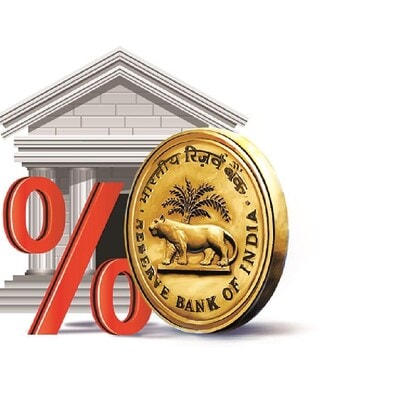[ad_1]
Ahead of the October meeting of the Monetary Policy Committee (MPC), uncertainty ran high on a potential change in rates, policy stance, and economic forecasts, and for good reason. Not only was it the first meeting of the new external members of the MPC – two of whom had not publicly articulated their views – but data also suggested more divergence among market participants. On the other hand, the MPC painted a picture of consensus among members on the balance achieved between growth and inflation.
This balance, termed as “well-poised” growth and inflation by RBI Governor Shaktikanta Das, and the fact that all six members now see the need to have flexibility to act “in sync with evolving conditions”, effectively lays the groundwork for a rate cut, which we think will materialise in December. All six members voted for a change in stance to neutral, a dovish outcome, especially in the context of the internal members of the MPC striking quite a cautious tone on inflation up until the August meeting.
In addition to the unanimous shift to neutral, the MPC finally turned more optimistic on the inflation path, stating that it has “greater confidence in achieving the last mile of disinflation”. However, this optimism was peppered with caution due to the risks to prices from geopolitical tensions and adverse weather shocks. As inflation trends lower, we think the MPC could turn its attention to growth.
However, for now, the MPC is holding firm. Although some high-frequency activity indicators are signalling a moderation in activity, Governor Das noted the MPC’s sense is that growth momentum is intact. Though the MPC did not adjust its growth and inflation forecasts for the year, likely to support its decision to keep the rate unchanged, we think there is scope for the MPC to lower both at the December meeting. Indeed, we think inflation pressures are easing and activity is moderating, thus building the case for a rate cut soon.
But why cut in December and not later? We think the change in stance shows all six members are primed to reduce rates soon. The governor mentioned that the transmission of the cycle of rate hikes to credit costs has been “satisfactory” compared to previously dubbing it “ongoing”. Moreover, for the first time in this cycle, there was no mention that policy needs to remain disinflationary.
That said, uncertainty remains elevated on a number of fronts, not least on the path for food inflation and external tensions. However, a greater unknown is how external MPC members will vote. While one external member voted for a cut at the October meeting, the external member expected by the market
to lean dovish, did not do so. We think the October meeting is not enough to place the external members on the hawkish to dovish spectrum, though we should get a clearer picture once the minutes of the meeting are released. Another uncertainty stems from the fact that Governor Das’ term and Deputy Governor Patra’s term end after the December meeting, unless they receive extensions. This means that by February, the MPC may look very different indeed.
The writers are regional economists, Barclays India
First Published: Oct 10 2024 | 12:23 AM IS
[ad_2]
Source link

